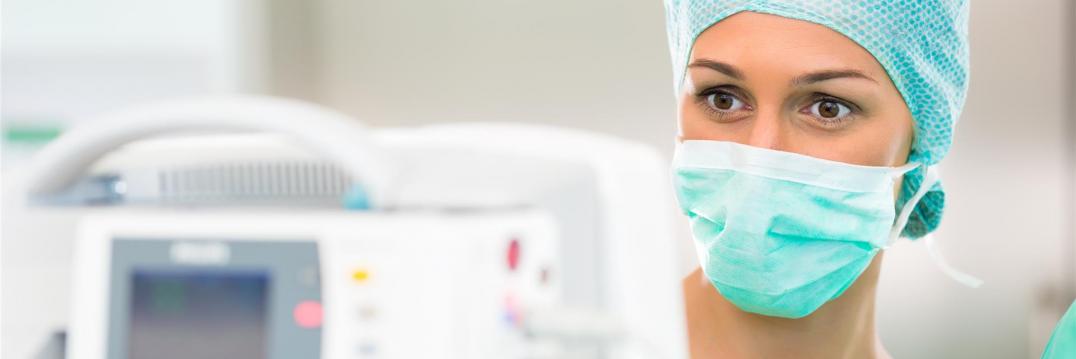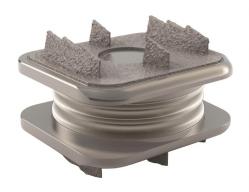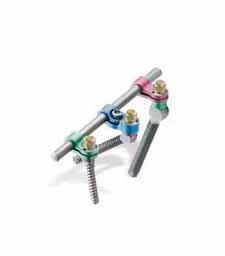C-spine surgery
Indication
An operational intervention is necessary when it comes to neurologic failure like paralysis. In rare cases there can be a damage of the spinal cord which causes walking disorders, spasm or vertigo.
Severe neck or headache can be causes by a bony attrition and can be treated very well.
Procedure
In comparison to the lower spine it is possible to perform the operation from the front. If the surgeon want to operate from the back this is only possible when the slipped disk lies laterally to the spinal cord because the spinal cord blocks the entrance to the slipped disk otherwise.
An operation of the cervical spine from the front:
Approximately 95 % of all operational interventions on the cervical spine are made from the front. During this operation which is made with the help of general anaesthesia, a small section which has a size of approx. 4 cm will be made which is localized at the right side of the neck. Due to this procedure it is possible to disclose the vertebral column. With the help of a surgical microscope the doctor is going to extract all osseous stenosis with a diamond milling cutter out of the spinal disk. After that procedure the spinal disk will be stabilized by an implant which is made up of titan or plastic. In special cases it could be necessary to use an entire spinal-disk-implant.
There will be one X-ray, one day after the operation to exclude any complications. The fibre which closes the small cut will be removed after ten days. Due to this minimal operational intervention you won’t have to stay at the hospital very long which means that normally we are able to release our patients after 1-3 days.
This type of operation is also named “Spondylodesis” or “Cloward-procedure”.
An operation of the cervical spine from the back:
Patients suffering from an isolated narrowing of the nerve-root channel due to a degenerative transformation are applicable for this kind of operation. Patients must not suffer from a slipped disk.
Procedure:
The operation gets performed by the use of general anaesthesia. The patient gets bedded lying on the belly whilst the head and the cervical spine get stretched. With the help of a surgical microscope the surgeon will carefully separate the thick muscles of the neck. During the entire operation the surgeon has the possibility to use an X-ray to ensure to be on the correct level. In the further procedure the surgeon cuts away the lateral parts of the vertebral arches which lowers the pressure on the nerve- root and releases the discomfort in most of the cases. This operation is also called Frykholm operation and commonly used due to the fact that the surgeon does not have to implant any artificial substances.
Vertebral disk prothesis
The prosthesis will be implanted from the ventral (frontal) side.
We have the possibility to revert to a couple of different types of prostheses which allow a flexion to the front and to the back as well as lateral flexion. The surgeon can choose between prostheses of different size and type. A new prosthesis has been designed which main goal is a puffer action. This prosthesis has been implanted by us for the first time in Hesse.
Prosthesis for intervertebral disks are made up by two metallic plates which are laminated with an titan cover to facilitate the adhesion of the prosthesis and the vertebral body. Between both plates is a synthetic core (consists of Polyethylen) located which enables the flexibility of the segment.
The implantation of such an prosthesis has the main goal to prevent the bordering intervertebral disks from a surcharge.
Strengthening of the cervical spine from the back (acampsia)
If it comes to a larger and longer lasting narrowing of the vertebral channel the spinal cord needs to reoccupy some space to reestablish its function and to release pain. In some cases the hardening or strengthening of the cervical spine is the only way to achieve this. By implanting a system of splints and screws we can prevent a further destruction of the spinal cord which could otherwise lead to paraplegia.




